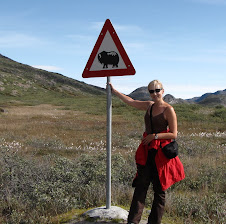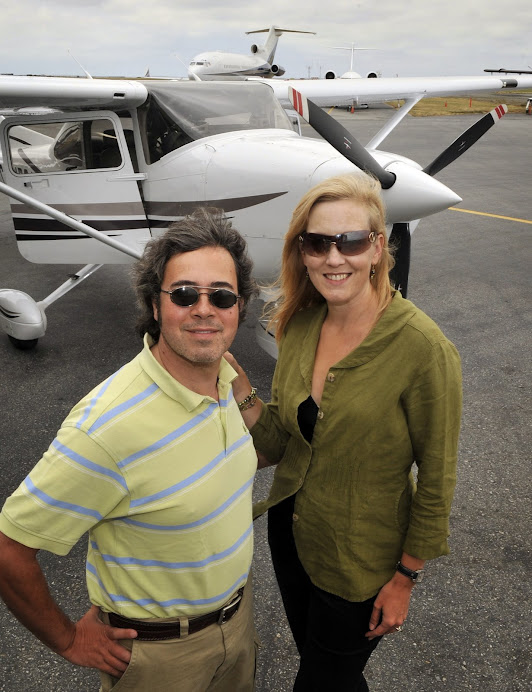Eli: Our decision to fly to Williams Lake last night paid off in spades this morning. Conditions were calm crossing the Rockies in cool morning air. By going north and then diagonally to Grande Prairie, we encountered no trace of the fires and thunderstorms still plaguing the lower parts of BC and Alberta. Flying high and on instruments we didn't have to contend with the ocassional valley fog bank that might have clogged the visual VFR routes.
The plane is performing exactly as it should, burning on average about 13 gallons per hour at 22 in. of manifold pressure and 2200 RPM about 50 degrees rich of peak with an average true airspeed of 130 nautical miles per hour. With a bit of a tail wind we averaged about 140 nm/hr on most of our legs.
No equipment snafus. Even our "Spot" tracking device, which was initally slow to pick up our tracks now appears to be reporting our position in relative real time. (see the hot link on this blog).
When we left Fort McMurray in the afternoon we also left controlled airspace. Communications and protocol are very different when one isn't in constant contact with air traffic control. Accurant self reporting of positions and time enroute becomes the norm without ATC radar coverage - which is the case for much of Canada in contrast with the U.S.
One of my big concerns on the trip was landing at Stony Rapids, SK. It is listed as a "treated gravel" runway in the Canada Flight Supplement. I'd never landed on a gravel strip before and worried that it might damage the prop or undercarriage from rocks flying up. And where would I get my prop repaired at almost 60 degrees North?
Turns out the Stony Rapids runway is smoother and in better shape than my driveway at home as well as many lower mainland airstrips. The gravel is sealed and feels just like ashpalt.
Tomorrow our goal is Rankin Inlet, Nunavut. As I become more proficient at blogging I'll try to post some of our actual flight logs.






No comments:
Post a Comment